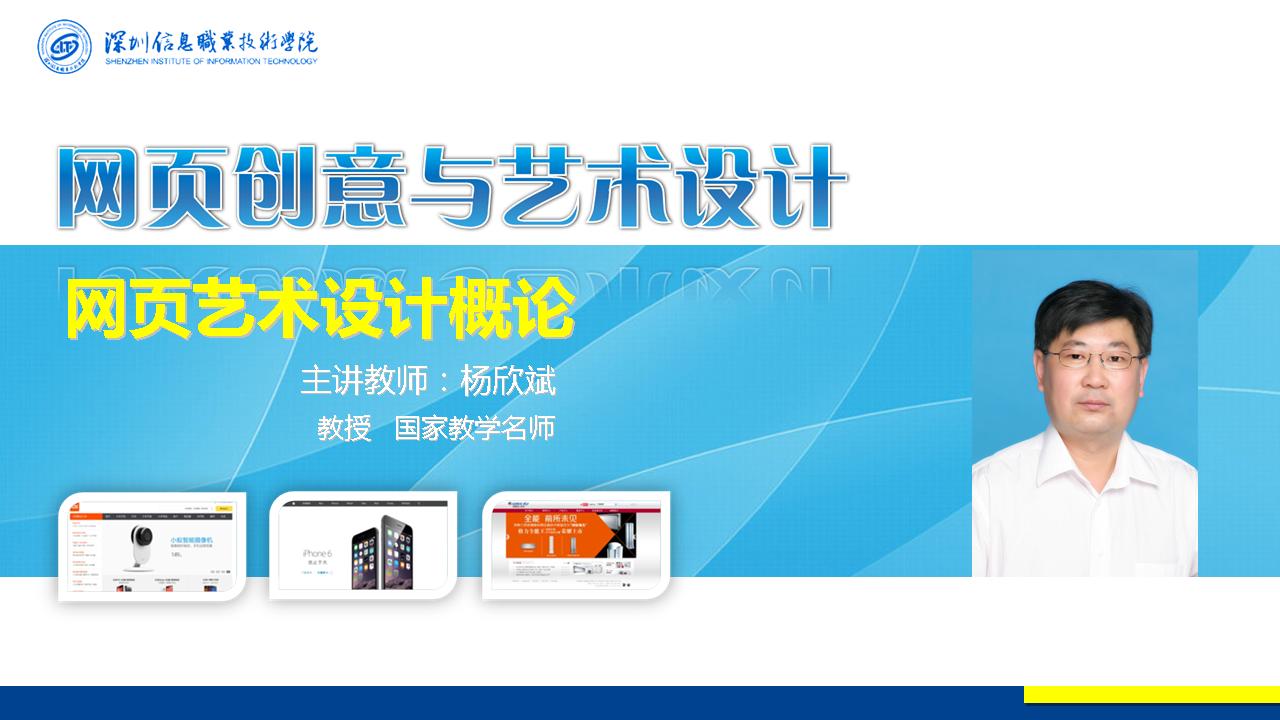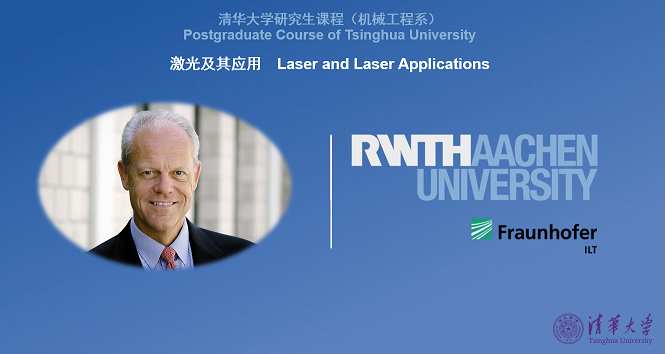
当前课程知识点:Strategic Management > Chapter 6 Corporate-Level Strategy > 6.3 Industry Diversification Portfolio Management Model > 6.3 Industry Diversification Portfolio Management Model
返回《Strategic Management》慕课在线视频课程列表
返回《Strategic Management》慕课在线视频列表
下面我们介绍一下
行业多元化组合的管理模式问题
由于我们公司层战略
它需要创造一种组合优势
或者叫做哺育优势
这种哺育优势它需要两个方面的匹配
一个是组合战略要合理 要有经济效益
一个是管理模式要匹配 要恰当
才能把组合效益中间的这种效益把它管理出来
所以我们在为行业多元化组合
设计管理模式的时候
一定要考虑不同类型的组合
它有不同的经济效益
因此我们就要采取不同的管理模式
才能将这个效益发挥出来
那么 这个管理模式中间
大体上我们需要考虑这样几个方面的因素
在设计的时候需要考虑
比如说 总部的职能设计
我们相对于不相关多元化来说
我们只需要设计
与股东权益相关的职能的部门
而对于共享多元化来说
那我们在设置总部的部门的时候需要考虑
除了要设置股东权益这些职能部门以外
那哪些经营职能可以共享
能够被共享
那就要放到总部这里来
特别是能够被共享
第三 纵向多元化
这种总部除了要设置
与股东权益相关的职能之外
它要设置一些职能部门去降低交易成本
或者设置一些职能活动去降低交易成本
比如说 调度
生产的安排 上下游之间要协调
第二 上下游之间的价格的转移
还有产品标准的统一
这些都应该放到集团总部去管理
有利于协调上下游之间的关系
随着行业多元化程度的不断地增加
那我们可以从这里面看到
总部就越来越会倾向于
从经营职能汇向战略管控
为什么呢
因为你行业多元化程度越高
你总部的知识就不够用
你对下面行业的了解就不够
你的反应速度也没那么快
所以就需要你什么呢
更多地是强调
行使股东权力作为基础来实施战略管控
包括管理逐步从具体向一般
从经营的管理向战略的管控
从行为的控制向财务的控制转
这样的话才能够去适应这样一个变化
反过来运动
当你的行业多元化的程度
越来越降低的时候
当然你这个总部
设置的经营性的职能就会越多
就会倒过来
一般走向具体
战略管控走向经营管理
从财务控制走向行为控制
第二个内容就是企业的管理体制
我们看到不相关多元化
因为它下面各个行业之间都没有相关性
没有组合效益
所以我们就要采取
一种母子公司的管理体制
要放开它 让它去经营
各个行业性的经营单位基本上是独立配置
因为它没有任何共享
这些企业也是充分放权让它独立运行
但是共享和纵向多元化这些企业
虽然从法律的角度设置的时候
可能需要它去设立一个独立的子公司
但是由于它内部存在着很多资源共享
相互协调 上下游合作
所以它完全可以被看成
是名义上的独立法人子公司
实际上的分公司
这样才能够将组合效益运作出来
第三个就是关于组织结构
不相关多元化的战略
实施这种战略的企业
通常是采取竞争形式
也就是下面各个子公司要向总部竞争资源
互相之间竞争
当然是以分权为主的管理
就把经营权下放 管住产权
那么共享和纵向多元化的企业
由于它们有规模经济 范围经济
要降低交易成本
所以它们需要采取合作形式
至于是采取集权还是分权
我们在这里看该集的权要集
该分的权要分
取决于这个企业它共享的是什么 就应该集权
然后纵向多元化
它有三个权力我们刚才说了
一个就是调度权
转移价格的权力
和建立标准的权力应该是集权的
其他的权力就下放
第四个就是企业的管控模式
不相关多元化战略
主要是以财务和战略控制为主
主要是看你干什么 规定你干什么
你干的结果
而共享多元化
它主要是以行为和战略控制为主
既要管你是干什么的
而且还要考虑是怎么干的
至于财务控制不需要
因为总部就是一个利润中心
其它的都是费用和成本中心
纵向多元化就看情况了
它也需要战略控制
就是你怎么样做的
但是由于行业差异比较大
它不一定需要控制怎么做
刚才我们举了个例子
比如纸厂 它可能和彩印厂和纸箱厂
和卫生巾厂它可能差距很大
不一定要行为上一致
但是必须要考虑什么
就是它们之间相互交易的行为要控制
它们干什么战略需要控制它
财务上也是一样
因为纵向企业它不需要很强的财务控制
因为整个的效益是在最后出口那个地方
由总部来控制
第五个问题就是企业的评价和激励
不相关多元化由于它没有共享
没有上下游之间的关系
它是有充分的权力
完全自我资源独立配置
所以它是以客观指标为主
比如说利润率 投资收益率等等
对子公司的激励
也完全是根据这个子公司本身的绩效的客观标准来实施奖励
共享和纵向多元化
因为它是责权利不是很清楚的
需要上下游合作和协调
所以它是以主观评价为主
兼顾客观标准
包括一些比如说成本 费用等等
兼顾这些客观标准
考虑奖励的时候更多的是
以总部今年赚了多少钱
各个子公司 分公司
对总部这个总效益的贡献
来去奖励下面
这样的一个方式
-1.1 The Rise of The Discipline of Strategic Management
--1.1.1The Origins of Strategic Management
--1.1.2 Development and Improvement of Strategic Management
-1.2 The Nature and Characteristics of Strategic Management
--1.2.1 Environment, Advantages and Strategy
--1.2.2 Definition of Enterprise Strategy
--1.2.3 The Thinking Mode of Enterprise Strategy Formulation
--1.2.4 The Content System of Enterprise Strategy
-1.3 The Nature and Characteristics of Enterprise Strategic Management
--1.3.1 The Activities of Enterprise Strategic Management
--1.3.2 The System of Enterprise Strategic Management
-1.4 Enterprise Strategy Manager
--1.4 Enterprise Strategy Manager
-Corporate Video
--Video
-Test
--Chapter 1 Test
-Reflection Questions
--Chapter 1 Reflection Questions
-PPT
-2.1 External Environment Analysis of the Enterprise
--2.1 External Environment Analysis of the Enterprise
-2.2 The Macroscopic Environment Analysis of the Enterprise
--2.2 The Macroscopic Environment Analysis of the Enterprise
-2.3 Market Environment Analysis of the Enterprises
--2.3 Market Environment Analysis of the Enterprises
-2.4 Industry Environment Analysis
--2.4 Industry Environment Analysis
-2.5 Analysis of Competition and Cooperation Eenvironment of Eenterprises
--2.5 Analysis of Competition and Cooperation Eenvironment of Eenterprises
-Corporate Video
--Video
-Test
--Chapter 2 Test
-Reflection Questions
--Chapter 2 Reflection Questions
-PPT
-3.1 Purpose and Characteristics of Internal Environmental Analysis
--3.1Purpose and Characteristics of Internal Environmental Analysis
-3.2 Enterprise History Analysis
--3.2 Enterprise History Analysis
-3.3 Enterprise Resource Analysis
--3.3 Enterprise Resource Analysis
-3.4 Enterprise Capability Analysis
--3.4 Enterprise Capability Analysis
-3.5 Analysis of Enterprise Core Competence
--3.5 Analysis of Enterprise Core Competence
-Test
--Chapter 3 Test
-Reflection Questions
--Chapter 3 Reflection Questions
-PPT
-4.1 The Nature of Strategic Commitment
--4.1 The Nature of Strategic Commitment
-4.2 The Content of Strategic Commitment
--4.2 The Content of Strategic Commitment
-4.3 The Form of Strategic Commitment
--4.3 The Form of Strategic Commitment
-Test
--Chapter 4 Test
-Reflection Questions
--Chapter 4 Reflection Questions
-PPT
-5.1 The Nature and Types of Business-Level Strategy
--5.1 The Nature and Types of Business-Level Strategy
-5.2 General Positioning Strategy
--5.2 General Positioning Strategy
-5.3 Unique Positioning Strategy
--5.3 Unique Positioning Strategy
-5.4 Portfolio Positioning Strategy
--5.4 Portfolio Positioning Strategy
-Corporate Video
-Test
--Chapter 5 Test
-Reflection Questions
--Chapter 5 Reflection Questions
-PPT
-6.1 The Nature and Characteristics of Corporate-Level Strategy
--6.1The Nature and Characteristics of Corporate-Level Strategy
-6.2 Industry Diversification Portfolio Strategy
--6.2 Industry Diversification Portfolio Strategy
-6.3 Industry Diversification Portfolio Management Model
--6.3 Industry Diversification Portfolio Management Model
-6.4 Restructuring of Diversified Corporate
--6.4 Restructuring of Diversified Corporate
-Test
--Chapter 6 Test
-Reflection Questions
--Chapter 6 Reflection Questions
-PPT
-7.1 The Motivation of Company Internationalization
--7.1 The Motivation of Company Internationalization
-7.2 The Advantages and Risks of Company Internationalization
--7.2 The Advantages and Risks of Company Internationalization
-7.3 Strategic Choice of Company Internationalization
--7.3 Strategic Choice of Company Internationalization
-Test
--Chapter 7 Test
-Reflection Questions
--Chapter 7 Reflection Questions
-PPT
-8.1 Company Strategic Alliance
--8.1 Company Strategic Alliance
-8.2 Company Mergers and Acquisitions
--8.2 Company Mergers and Acquisitions
-Test
--Chapter 8 Test
-Reflection Questions
--Chapter 8 Reflection Questions
-PPT
-9.1 Corporate Strategy Imlementation and Evaluation in a Relatively Static Environment
--9.1 Corporate Strategy Imlementation and Evaluation in a Relatively Static Environment
-9.2 Corporate Strategy Imlementation and Evaluation in a Relatively Dynamic Environment
--9.2 Corporate Strategy Imlementation and Evaluation in a Relatively Dynamic Environment
-9.3 Methods of Corporate Strategy Implementation
--9.3 Methods of Corporate Strategy Implementation
-Test
--Chapter 9 Test
-Reflection Questions
--Chapter 9 Reflection Questions
-PPT




